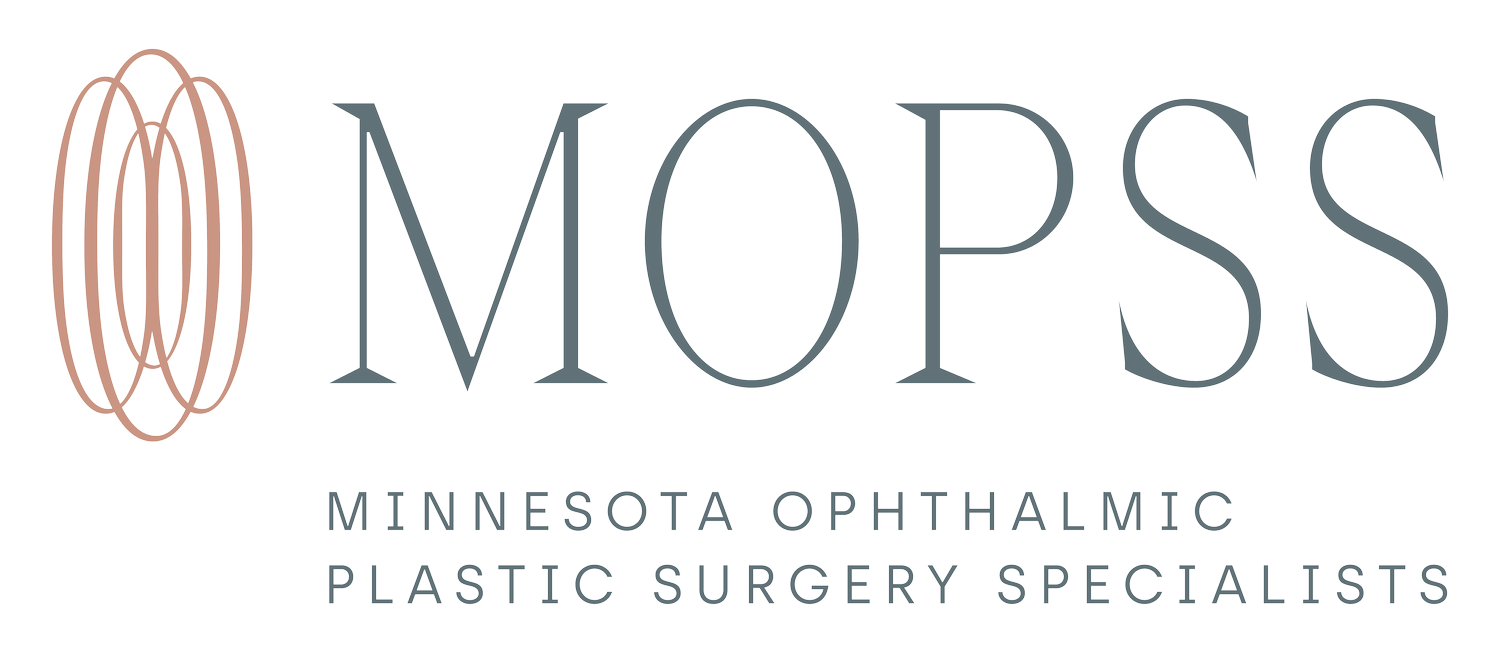Upper and Lower Eyelid Blepharoplasty and Ptosis Repair Recovery
Directly following your surgery, you should begin applying cold compresses; cold gel packs, crushed ice wrapped in a clean, thin towel, or frozen peas or corn in a Ziploc bag are recommended. Hold the compress against the eye area with your eyes shut. Do this at least six times a day for approximately 15 minutes at a time. Remember that the more you can keep cold compresses over the eye(s) following your surgery, the faster the bruising and swelling will go down. Continue applying the compresses every day until the bruising and swelling begin to subside; this can vary for every patient as every individual has their own healing time but is usually around 48-72 hours after surgery.
In addition to the cold compresses, while your eye(s) continue to swell keep your head elevated at night by propping it up with two or three pillows. We recommend sleeping on your back, as opposed to your side or stomach, as this will keep blood flowing away from the swollen area.
After the bruising and swelling have begun to subside, you may notice the skin around the eye(s) may become dry, itchy, or irritated. This is all part of the normal healing process. At this time you can begin to apply warm compresses to the area. The compress should not be “too hot” but rather be as warm as you can tolerate comfortably. Continue either the cool or the warm compresses or both (whichever feels better to you) until you see your surgeon for your post-operative or follow-up appointment. A post-operative appointment is usually made for you when you schedule your surgery. This is usually a 1-3 weeks following your surgery. At this time your surgeon should be able to evaluate the initial outcome of your surgery; however, it can take up to 3-6 months to experience a full recovery.
You should expect some oozing of blood from the incision site for the first few days following your surgery; this is normal. If the bleeding is excessive (enough to soak a washcloth in about 1 hour), please call our office immediately. Additionally, please refrain from any heavy lifting or rigorous activity for approximately 2 weeks after surgery, as this adds pressure to the suture lines.
It is rare that you would develop an infection but if you experience oozing of fluid, greenish or yellowish in color, or progressive redness or swelling, please call our office.
The most common side effect of an eyelid surgery is that a revision may be required. Our surgeons would prefer to be conservative with removing tissue, as it is always easier to adjust if more skin, fat, or a further pinch of the muscle is needed. Approximately 1 in 30 patients will require such a procedure and many revisions can be done under local anesthesia in our office.
